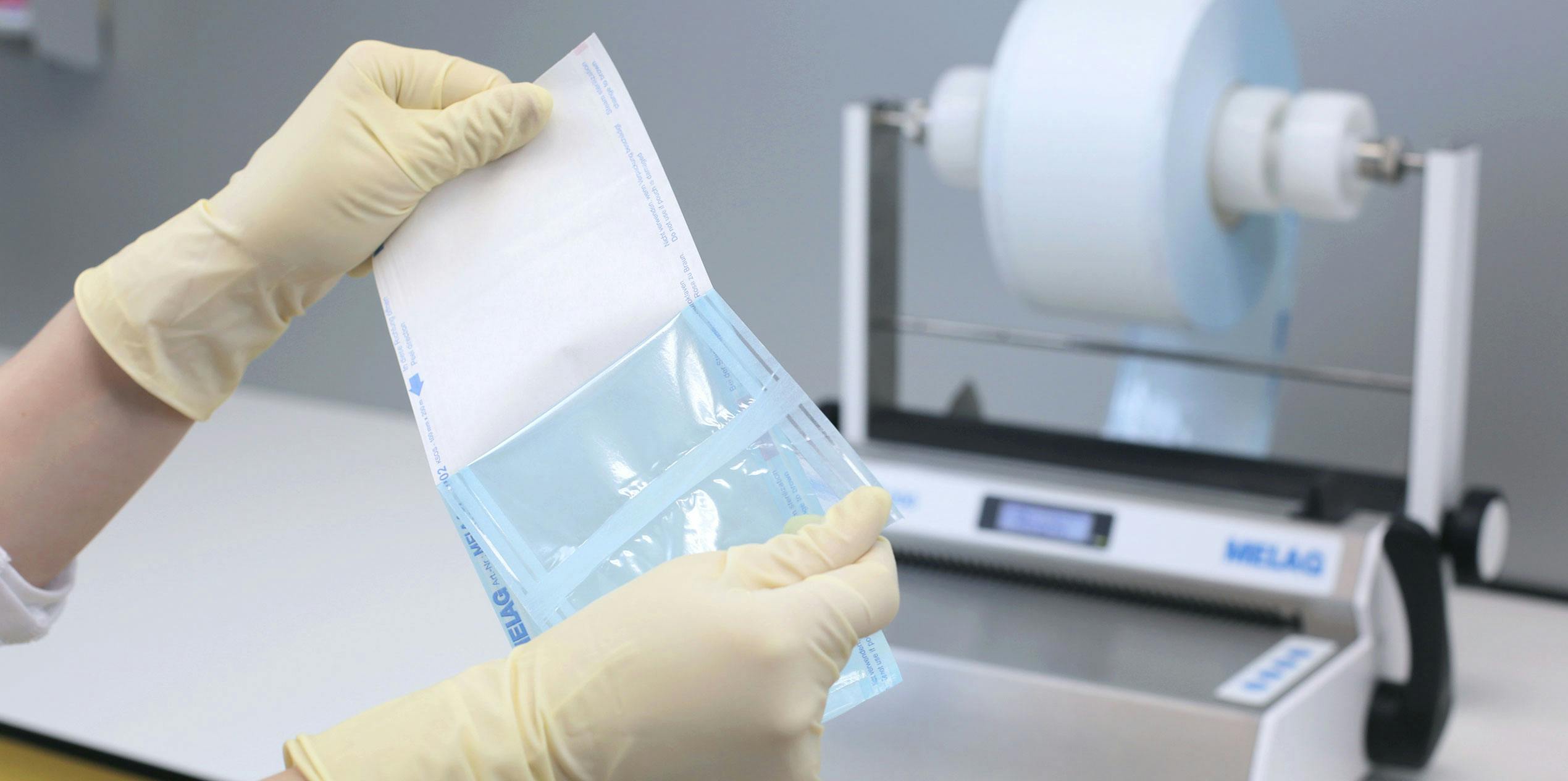Checking seal seams
Peel test for sealing devices
One proven method for assessing seal seams is the peel test. In this blog post, we will take a closer look at the peel test, explain its importance for quality assurance in medical and dental practices, and explain how it is performed.

